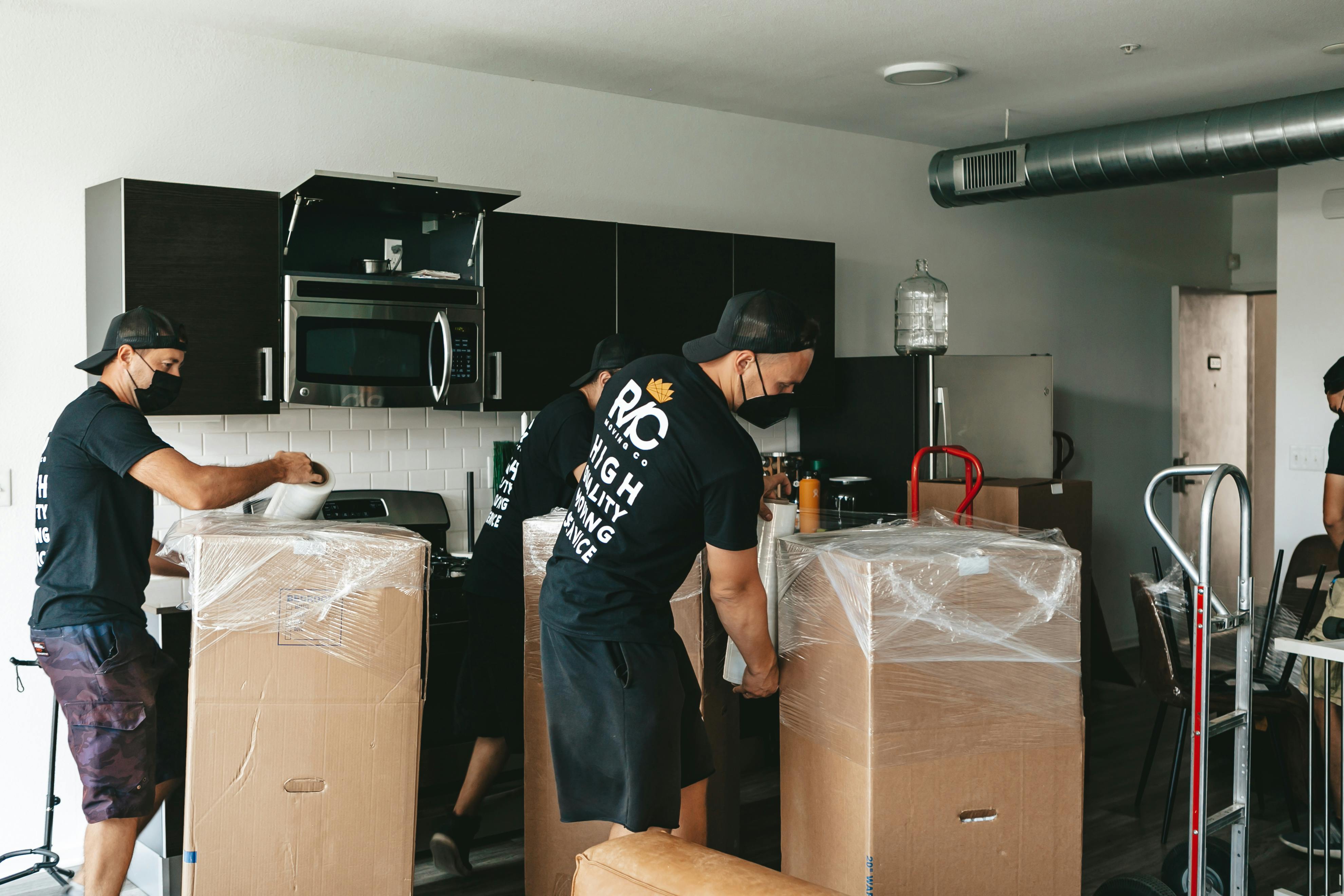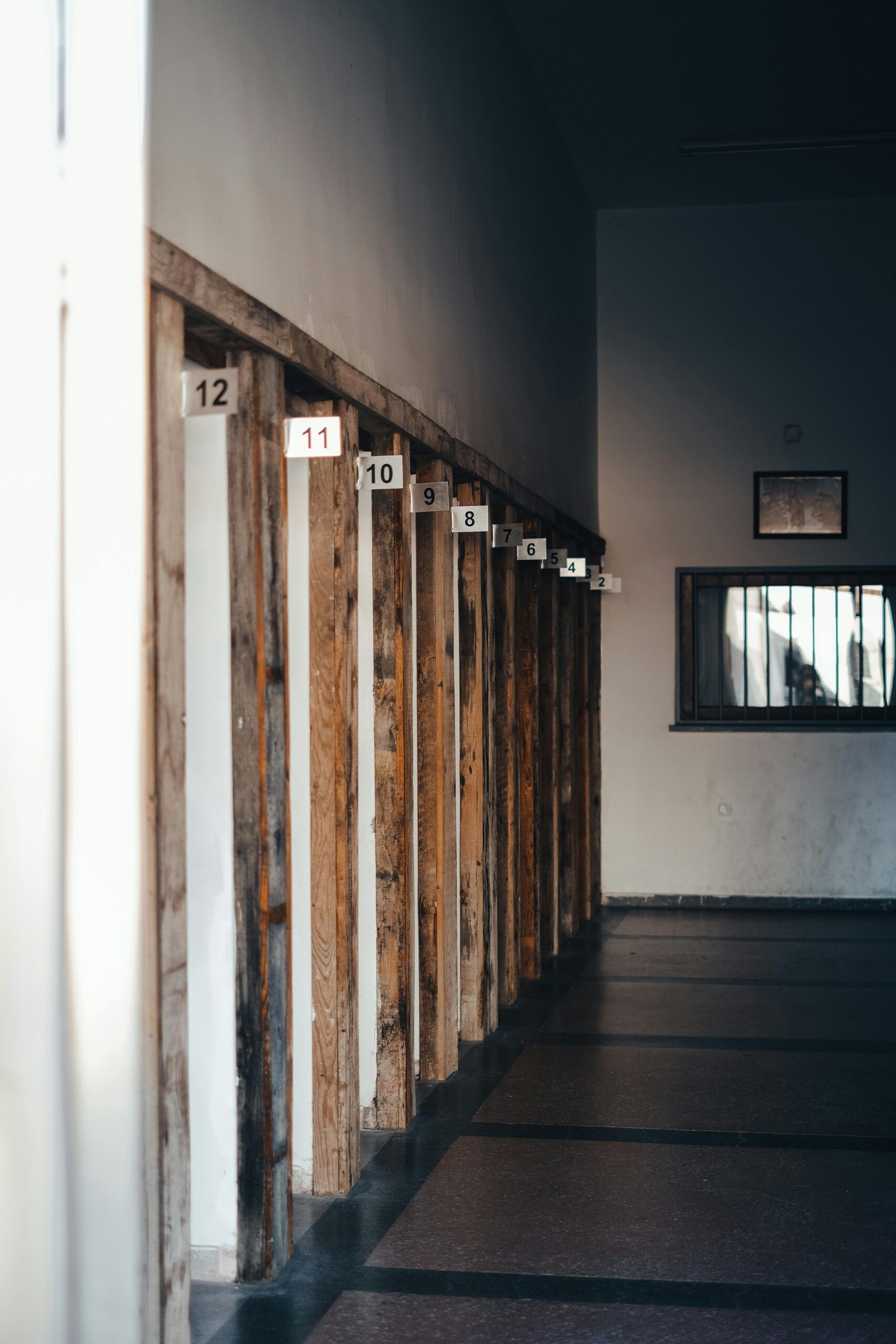Are you struggling with Windows 11 LSA Protection issues that seem impossible to fix? You’re not alone! In this comprehensive guide, we will uncover hidden fixes and provide you with essential tips to troubleshoot Windows 11 LSA Protection effectively. LSA, or Local Security Authority, plays a crucial role in safeguarding your system by managing user logins and enforcing security policies. However, when LSA Protection encounters problems, it can lead to frustrating errors that disrupt your workflow.
In this article, we will delve into the common causes of LSA Protection failures in Windows 11 and provide you with actionable solutions. Are you wondering what could be causing these pesky issues? From misconfigured settings to software conflicts, we’ll explore them all. Plus, we will share step-by-step troubleshooting techniques that can restore your system’s security and functionality.
So, if you’re ready to take control and resolve those Windows 11 LSA Protection headaches once and for all, keep reading! Our expert tips and tricks are designed to empower you to fix these issues quickly and efficiently. Don’t let security problems hold you back; discover the secrets to a safer Windows experience today! Whether you’re a tech novice or an experienced user, our guide will equip you with the knowledge needed to ensure your system runs smoothly. Let’s dive in and get your Windows 11 back on track!
10 Essential Steps to Diagnose LSA Protection Issues in Windows 11: A Complete Guide

Windows 11 has brought many new features, but it also come with its own set of challenges. One of those challenges is the LSA (Local Security Authority) Protection, which is critical for maintaining system security. If you’re experiencing issues with LSA protection, it can be frustrating. But don’t worry, we’re here to help you troubleshoot and diagnose those pesky problems. Here’s a complete guide with 10 essential steps you can take to resolve LSA protection issues in Windows 11.
1. Check Windows Updates
Windows updates are important for fixing bugs and improving security. To check for updates, go to Settings > Windows Update and click on “Check for updates.” If updates are available, install them. This often resolves LSA issues because they can come from outdated system files.
2. Verify LSA Protection Status
Sometimes, LSA protection might not be enabled. You can verify its status by opening the Local Group Policy Editor. Type “gpedit.msc” in the search bar, navigate to Computer Configuration > Windows Settings > Security Settings > Local Policies > Security Options, and find “Run all administrators in Admin Approval Mode.” Make sure it’s enabled.
3. Run System File Checker
Corrupted system files may lead to LSA protection problems. Running the System File Checker can help identify and fix these issues. Open Command Prompt as an administrator and type “sfc /scannow.” This process might take some time, but it’s worth the wait.
4. Check for Malware
Malware can interfere with LSA protection. Use Windows Defender or any reputable antivirus software to perform a thorough scan of your system. If malware is detected, follow the recommended steps to remove it. Keeping your system clean can prevent future issues.
5. Reboot Your Computer
A simple restart can fix many software issues including LSA protection. If you haven’t tried this yet, give it a go. Sometimes, temporary glitches can be resolved with just a fresh start.
6. Review Event Viewer Logs
The Event Viewer can provide valuable insight into what’s causing the LSA protection issues. Search for “Event Viewer” in the start menu, and navigate to Windows Logs > Security. Look for any errors or warnings that relate to LSA. This can help pinpoint specific problems you need to address.
7. Modify Registry Settings
If the problem persists, you may need to modify some registry settings. Open the Registry Editor by typing “regedit” in the search box. Navigate to HKEY_LOCAL_MACHINESYSTEMCurrentControlSetControlLsa and check the value of “LimitBlankPasswordUse.” If it’s set to 1, it means that LSA protection is enabled. Make sure this value is correct.
8. Disable Third-Party Security Software
Sometimes, third-party security applications can conflict with LSA protection. Try temporarily disabling these applications to see if that resolves the issue. If it does, consider switching to a different security solution that’s more compatible with Windows 11.
9. Perform a Clean Boot
A clean boot can help identify if background services are causing the problem. Press Windows + R, type “msconfig,” and hit Enter. Under the Services tab, check “Hide all Microsoft services” and then click “Disable all.” Restart your computer and see if the LSA issue is resolved.
10. Restore Windows to a Previous Point
If the problem started recently, restoring your system to a previous point might be the easiest fix. Go to Control Panel > Recovery > Open System Restore. Choose a restore point before the issue began and follow the prompts.
By following these 10 essential steps, users can effectively diagnose and troubleshoot LSA protection issues in Windows 11. Remember, keeping your system updated and regularly scanning for malware can prevent many problems before they start. If you continue to face issues, it may be worth consulting a professional for further assistance. Keeping your Windows 11 environment healthy is key to enjoying all the features it has to offer.
Unveiling the Secrets: How to Fix Windows 11 LSA Protection Errors Like a Pro

Are you tired of encountering LSA protection errors while using Windows 11? You’re not alone. Many users in New York and around the world facing this issue. LSA, or Local Security Authority, is essential for the functioning of your operating system, making sure that your system is secure. However, sometimes it throws errors that can lead to frustration and confusion. Let’s dive into the secrets of fixing these pesky LSA protection errors like a true pro!
Understanding LSA Protection Errors
First off, what is LSA? It’s a service that’s responsible for enforcing security policies on Windows systems. It handles logins, password changes, and more. When there’s an issue with LSA, it can cause various problems like system crashes or failure to boot. Knowing this can help you troubleshoot Windows 11 LSA protection errors more effectively.
Common Symptoms of LSA Protection Errors
- System crashes during startup
- Frequent blue screen errors
- Applications not responding properly
- Slow system performance
If you’re noticing any of these symptoms, it’s time to troubleshoot Windows 11 LSA protection.
Step-by-Step Troubleshooting Guide
-
Run a System File Checker (SFC) Scan
- Open Command Prompt as an administrator
- Type
sfc /scannowand hit Enter - This will check for corrupted files and attempt to repair them.
-
Check Windows Updates
- Go to Settings > Update & Security > Windows Update
- Install any pending updates, as they may contain fixes for LSA issues.
-
Modify Local Security Policy
- Search for
Local Security Policyin the Start menu - Navigate to Local Policies > Security Options
- Find “Network security: LAN Manager authentication level” and set it to “Send NTLMv2 response only.”
- Search for
-
Enable LSA Protection
- Open Registry Editor by typing
regeditin the Start menu - Navigate to:
HKEY_LOCAL_MACHINESYSTEMCurrentControlSetControlLsa - Make sure that the
LimitBlankPasswordUsevalue is set to0.
- Open Registry Editor by typing
-
Boot in Safe Mode
- Restart your computer and continuously press F8
- Choose Safe Mode and see if the errors persist. If not, it may be a third-party software causing the issue.
Additional Tips to Uncover Hidden Fixes
- Check for Malware: Use a reliable antivirus to scan your system. Malware can disrupt LSA functionality.
- Perform a Clean Boot: This helps identify if background programs are causing problems. Disable all startup items and services, then re-enable them one by one.
- Reinstall Windows 11: If all else fails, a clean install may be necessary. Always backup important files first.
Key Takeaways
- Regularly Update Your System: Keeping Windows 11 updated can prevent many issues, including LSA protection errors.
- Backup Your Data: Regular backups ensure that you don’t lose important files during troubleshooting.
- Stay Informed: Join forums or communities that focus on Windows troubleshooting. You can gain insights from others who’ve faced similar issues.
In summary, troubleshooting Windows 11 LSA protection errors doesn’t have to be a daunting task. With the right knowledge and tools, you can fix these errors like a pro. Remember that understanding the root causes is key, and utilizing these steps can help you get back on track without losing your mind. Embrace the process, and soon you’ll be navigating these issues with ease!
Are You Experiencing LSA Protection Failures? Here’s How to Troubleshoot Efficiently

Are you experiencing LSA protection failures? If so, don’t worry, you’re not alone. Many users of Windows 11 have reported issues related to Local Security Authority (LSA) protection. It’s a critical security feature that helps safeguard your system from unauthorized access and threats. This article aims to help you troubleshoot Windows 11 LSA protection effectively, uncovering hidden fixes along the way.
Understanding LSA Protection
The Local Security Authority (LSA) is a crucial component in Windows operating systems, responsible for enforcing security policies, including user authentication. LSA protection safeguards sensitive information like credentials and security tokens. When LSA protection fails, it can create vulnerabilities, leading to potential security breaches.
Common Signs of LSA Protection Failures
You might be wondering how to tell if your LSA protection is failing. Here’s a list of common indicators:
- Frequent system crashes or freezes.
- Error messages related to security or authentication.
- Unauthorized access attempts recorded in logs.
- Slower performance than usual.
If you notice any of these signs, it’s time to act.
Troubleshoot Windows 11 LSA Protection: Step-by-Step Guide
-
Check for Windows Updates
Outdated systems can often lead to security vulnerabilities. Make sure your Windows 11 is up-to-date.- Go to Settings > Windows Update
- Click on “Check for updates.”
- Install any available updates.
-
Run System File Checker (SFC)
Corrupted system files can disrupt LSA protection. Running SFC can help fix these files.- Open Command Prompt as Administrator.
- Type
sfc /scannowand press Enter. - Wait for the scan to complete and follow the on-screen instructions.
-
Enable LSA Protection
Sometimes, LSA protection might get disabled. Here’s how to enable it:- Press Windows + R, type
gpedit.msc, and hit Enter. - Navigate to Local Computer Policy > Windows Settings > Security Settings > Local Policies > Security Options.
- Find “Run only specified Windows applications” and ensure it’s Enabled.
- Press Windows + R, type
-
Review Security Settings
Misconfigured security settings can also cause failures.- Open Control Panel and go to System and Security.
- Click on Security and Maintenance, then check for any issues.
- Review any warnings or errors related to security.
-
Check Third-party Security Software
Sometimes, third-party antivirus or security software can interfere with LSA protection. Consider temporarily disabling them to see if that resolves the issue.
Additional Troubleshooting Tips
- Boot in Safe Mode: This can help determine if background processes are causing the failure.
- Check Event Viewer: Look for any error messages or warnings related to LSA.
- Press Windows + X and select Event Viewer.
- Navigate to Windows Logs > Security to review the events.
Comparison of LSA Issues with Other Security Features
Understanding how LSA protection issues compare to other security elements can help frame the problem. Here’s a brief comparison:
| Feature | Functionality | Common Issues |
|---|---|---|
| LSA Protection | Secures user authentication | Credential theft, crashes |
| Windows Defender | Antivirus and malware protection | Malware bypassing |
| Firewall | Blocks unauthorized access | Misconfigurations |
By recognizing the different roles these features play, you can better understand the implications of LSA protection failures.
If you follow these troubleshooting steps, you should see some improvement in your LSA protection. Remember, keeping your system updated and regularly checking your security settings are key to maintaining a secure environment. Don’t hesitate to seek professional help if you feel overwhelmed or unsure about making these changes. Your digital safety is worth the effort!
The Ultimate Troubleshooting Checklist for Windows 11 LSA Protection Problems

Windows 11 has introduce some advanced security features, one of which is Local Security Authority (LSA) Protection. This feature is designed to help protect sensitive information, but sometimes it can cause issues. If you’ve been dealing with Windows 11 LSA Protection problems, you’re not alone, and you can find solutions. So let’s dive into the ultimate troubleshooting checklist for Windows 11 LSA Protection problems, and uncover hidden fixes that could save your day.
Understanding LSA Protection
LSA Protection is a security feature that prevents unauthorized access to sensitive data like passwords and user credentials. It’s an essential part of Windows security, introduced to enhance the protection against malware and other threats. In Windows 11, it works on a more complex level compared to previous versions, which means troubleshooting can be tricky.
Common Symptoms of LSA Protection Issues
When LSA Protection isn’t functioning right, you might experience several symptoms, including:
- Frequent system crashes or blue screens
- Slow performance during startup or while running applications
- Error messages related to security policies
- Inability to access certain applications
If you see any of these signs, it’s time to troubleshoot Windows 11 LSA Protection.
Step-by-Step Troubleshooting Checklist
Here’s a detailed checklist to help you resolve LSA Protection issues in Windows 11:
-
Check for Windows Updates
Make sure your system is up to date. Sometimes, Microsoft release patches that resolve known issues.- Go to Settings > Windows Update
- Click on Check for updates
-
Disable LSA Protection Temporarily
If you suspect LSA Protection is causing a problem, you can disable it temporarily to see if it resolves the issue.- Press Windows + R, type
gpedit.msc, and hit Enter. - Navigate to Local Computer Policy > Computer Configuration > Windows Settings > Security Settings > Local Policies > Security Options.
- Find “Run all administrators in Admin Approval Mode” and disable it.
- Press Windows + R, type
-
Run System File Checker (SFC)
Corrupted system files can lead to problems with LSA Protection. Running SFC can fix these files.- Open Command Prompt as an administrator
- Type
sfc /scannowand press Enter
-
Use DISM Tool
If SFC didn’t help, use the Deployment Image Service and Management Tool.- In Command Prompt, type
DISM /Online /Cleanup-Image /RestoreHealthand hit Enter
- In Command Prompt, type
-
Check Security Software Configurations
Sometimes third-party antivirus software can interfere with LSA. Ensure they’re configured properly or temporarily disable them to test. -
Review Event Viewer Logs
Event Viewer can provide detailed information about the errors related to LSA Protection.- Right-click on Start and select Event Viewer
- Look under Windows Logs > System for relevant errors
Additional Hidden Fixes
- Reinstall Problematic Apps: If certain applications are causing LSA Protection errors, uninstall and reinstall them.
- System Restore: If you recently started having issues, use System Restore to revert to a time before the problems began.
Final Thoughts
Troubleshooting Windows 11 LSA Protection problems can be a bit daunting, but following this checklist should help you uncover hidden fixes and resolve most issues. Always remember to back up your data before making significant changes, and if the problems persist, consider seeking professional assistance. Keeping your system protected while ensuring smooth operation is crucial, and with these troubleshooting steps, you’re well on your way to solving LSA Protection issues effectively.
Curious About Windows 11 LSA Protection? Here’s What You Need to Know to Fix It Fast!

Curious about Windows 11 LSA Protection? Here’s what you need to know to fix it fast! If you just upgraded or bought a new laptop with Windows 11, you may have stumble upon the term “LSA Protection” and wondered what it means. LSA, or Local Security Authority, is a key component in Windows that’s responsible for enforcing security policies on your system. It helps to protect your credentials and other sensitive information. But sometimes, it can cause issues, and knowing how to troubleshoot Windows 11 LSA Protection is essential for a smooth experience.
What is LSA Protection?
LSA Protection was introduced to add an extra layer of security to Windows. It helps to prevent unauthorized access to your system by protecting sensitive data from being compromised. When LSA Protection is enabled, it ensures that only trusted processes can access this sensitive information. However, if you experience problems, like your system freezing or apps crashing, you might need to troubleshoot Windows 11 LSA Protection specifically.
Common Issues with LSA Protection
Here are some common issues you might encounter with LSA Protection:
- System freezes during startup: This could be a sign that LSA Protection is conflicting with another security software you have installed.
- Apps crashing unexpectedly: If certain applications are not functioning properly, LSA Protection may be interfering with them.
- Slow performance: A sluggish system can sometimes link back to LSA Protection not working correctly.
Troubleshooting Windows 11 LSA Protection: Tips and Fixes
If you’re having trouble with LSA Protection, there are a few things you can try to fix it fast. Here’s a handy list of potential solutions to consider:
-
Update Windows: Make sure your operating system is up-to-date. Sometimes, Microsoft releases patches that resolve issues related to LSA Protection.
-
Check for Compatibility Issues: If you recently installed new software, it’s good to check if it’s compatible with Windows 11. Uninstalling problematic applications can sometimes resolve LSA issues.
-
Modify Local Security Policy: You can tweak the Local Security Policy settings to see if that resolves any conflicts. Here’s how:
- Press
Win + Rto open the Run dialog. - Type
secpol.mscand hit Enter to open Local Security Policy. - Navigate to “Local Policies” → “Security Options”.
- Find “Run only specified Windows applications” and review the settings.
- Press
-
Disable LSA Protection Temporarily: If you’re facing persistent issues, you could disable LSA Protection just to see if that resolves the problem. However, do this cautiously, as it may leave your system vulnerable.
-
Check Event Viewer: Sometimes, the Event Viewer can provide clues. Access it by typing
eventvwr.mscin the Run dialog and check the logs for errors related to LSA. -
Run System File Checker: This tool can repair corrupted system files that might be causing issues. Open Command Prompt as an administrator and type
sfc /scannowto start the scan. -
Consult Microsoft Support: If all else fails, reaching out to Microsoft’s support team can be a good option. They can provide tailored assistance based on your specific issues.
Final Thoughts
Troubleshooting Windows 11 LSA Protection can seem daunting, but with the right approach, you can uncover hidden fixes and get your system running smoothly again. Always remember to keep your system updated, and be cautious when changing security settings. By following these tips, you can ensure that your Windows 11 experience remains secure and efficient. Don’t let LSA Protection troubles slow you down!
Conclusion
In conclusion, troubleshooting LSA Protection in Windows 11 involves understanding its critical role in securing sensitive system information and managing credential access. We explored various methods to diagnose and resolve common issues, including checking system settings, updating drivers, and utilizing the Windows Security tools. Additionally, we discussed the importance of ensuring that your system is fully updated and highlighted the benefits of running a thorough malware scan to eliminate potential threats. Remember, keeping your device secure is paramount to maintaining the integrity of your personal data. If you encounter persistent problems with LSA Protection, consider reaching out to Microsoft Support for further assistance. By taking proactive steps to troubleshoot and secure your system, you can enhance your overall Windows 11 experience and ensure a safer computing environment. Take action today to keep your device protected and running smoothly!

